When two major Apple suppliers announce merger talks worth $8 billion, it is not just another corporate acquisition story, it is a strategic chess move that could reshape the semiconductor landscape. The reported discussions between Skyworks Solutions and Qorvo have sent shockwaves through the tech industry, according to The Information, with both companies specializing in the RF chips and 5G components that power our iPhones and countless other wireless devices. Big stakes, high frequency.
The market’s first reaction said plenty. Qorvo’s stock jumped over 10% in premarket trading while Skyworks dipped slightly, as reported by StockTwits. Investors know how tightly these suppliers are tied to Apple’s fortunes, Apple represents 63% of Skyworks’ revenue and 41% of Qorvo’s business, according to market data. So this is a story about Apple’s future as much as chip consolidation.
Why this $22 billion combination makes strategic sense
The numbers set the stage. Skyworks carries an $11.3 billion market cap and Qorvo sits at $8.53 billion, as noted in financial reports, which points to a combined value around $22 billion. The pitch is not just size, it is fit. Skyworks focuses on RF front-end modules, Qorvo brings 5G infrastructure components, and together they could offer end-to-end connectivity that neither provides alone, according to industry analysis.
The clock matters here. Both companies, makers of high-performance analog and mixed-signal semiconductors, have warned that Apple demand has softened, as reported by market analysts. When your biggest customer eases off, integrated solutions and scale become a buffer, a stronger hand at the table.
A tie-up could also change how Apple sources RF parts. Instead of juggling several specialists, Apple could tap one partner for a broader RF and 5G portfolio that streamlines sourcing and support, industry experts suggest.
This move fits a wider pattern too. Mid-sized specialists are banding together to face Broadcom and Qualcomm, according to market analysis. In chips, scale fuels R&D and manufacturing efficiency, so consolidation can be the sharpest tool, not just a defensive crouch.
What Apple gains from stronger suppliers
Apple’s M-series shows what the company can do in-house, but RF and 5G parts demand specialized processes and materials that are tough to vertically integrate at scale, as noted in supply chain reports. Apple still leans on partners like TSMC, Broadcom, and Skyworks for advanced components, according to industry sources.
A combined Skyworks-Qorvo could promise deeper integration and bigger volume commitments, the kind of muscle that smooths supply during new iPhone rollouts, supply chain experts indicate. Think back to launch weeks when demand ran hot and waitlists stretched on. One stronger supplier, fewer moving parts.
The upside is not just cost. Pooling R&D across RF front-end modules and 5G components could speed up tightly integrated solutions for Apple, according to market analysis. That means cleaner connectivity, smarter power use, and designs that fit together without so many seams.
It also lowers design friction. Pre-integrated RF options can reduce iPhone complexity, which can shave time from development and improve performance across the connectivity stack.
Market dynamics and competitive positioning
Semiconductor consolidation has been running hot, and this sits among the year’s larger talks, as reported by industry watchers. Context helps, Skyworks leads the RF GaAs market, followed by Qorvo and Murata, according to industry research. If number one and number two come together, the power map changes.
Zoom out to growth. The compound semiconductor device market is expanding nearly 13% from 2024 to 2030, pulled by automotive, telecom, and mobile, market research indicates. Roughly $25 billion by 2030 is the ballpark, and scale plus breadth tends to win a bigger slice.
Analysts note that a merger could sharpen competition in RF and 5G modules, as cited by MarketScreener and Reuters. With compound semiconductor materials delivering faster data, higher efficiency, higher power, and better cost profiles, according to industry analysis, a combined Skyworks-Qorvo could press those advantages harder than either could alone.
Regulatory hurdles and timeline expectations
This will not close overnight. Deals touching telecom infrastructure draw heavy scrutiny. Reviews would run through the United States and Europe, and possibly Asia, since these components touch sensitive markets and national infrastructure, according to regulatory experts.
The calendar adds intrigue. Both companies report September quarter results soon, Qorvo after the close on November 3, Skyworks the day after, as noted in earnings calendars. Those numbers and outlooks could color how shareholders and regulators read the deal.
Analyst moves are in the mix too. Mizuho analyst Vijay Rakesh downgraded both stocks to Underweight, flagging a potential 7% year-over-year decline in 2026 iPhone units and the drag from high-priced foldable iPhones on upgrade cycles, according to analyst reports. That kind of pessimism can reinforce the logic for consolidation.
Expect questions about RF market concentration, competition, and whether one supplier would hold too much sway over telecom building blocks. Since both sell into defense and aerospace, national security considerations will be part of the review.
What this means for the Apple ecosystem’s future
If approved and executed well, this is not just another combination. It points to a world where Apple partners with fewer, more capable suppliers that can match its pace across multiple technologies, industry analysts suggest. Fewer calls, more capability.
The broader signal is clear. Larger, combined firms can spread technology costs, secure supply, and offer fuller product stacks to big customers and telecom operators, as noted in market analysis. That can steady relationships and free up room for bolder designs.
It also sets the stage for richer connectivity features in future Apple devices. As Apple pushes on cameras, augmented reality, and seamless handoffs, pre-integrated, optimized RF solutions become the quiet superpower that keeps the experience smooth.
Supplier dynamics keep shaping the Apple ecosystem and mirror the chipmaker consolidation story across the U.S. tech sector, as noted in market analysis. Apple’s wins ride on a network of specialists that make modern connectivity feel invisible.
Bottom line, the $8 billion discussions between Skyworks and Qorvo underscore the semiconductor industry’s push for consolidation, according to industry reports, and mark an inflection point that could shape how Apple develops wireless connectivity for years. Whether you follow Apple’s supply chain or just care about the future of wireless tech, this deal could yield more capable, reliable components powering the next wave of devices we carry, drive, and rely on every day.




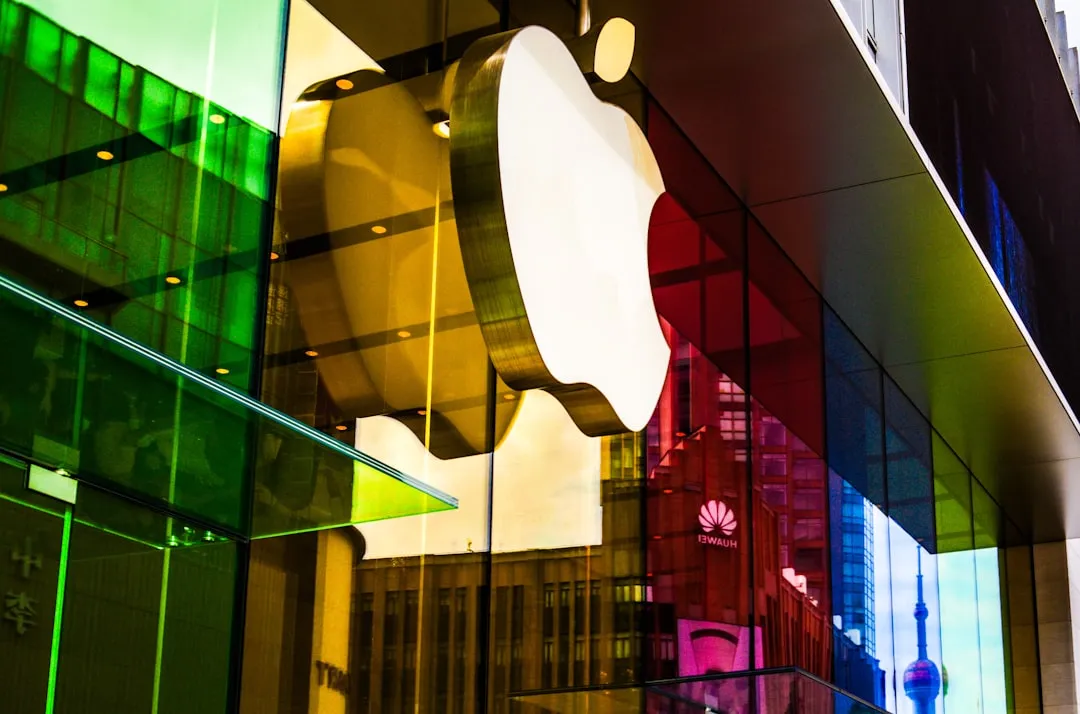
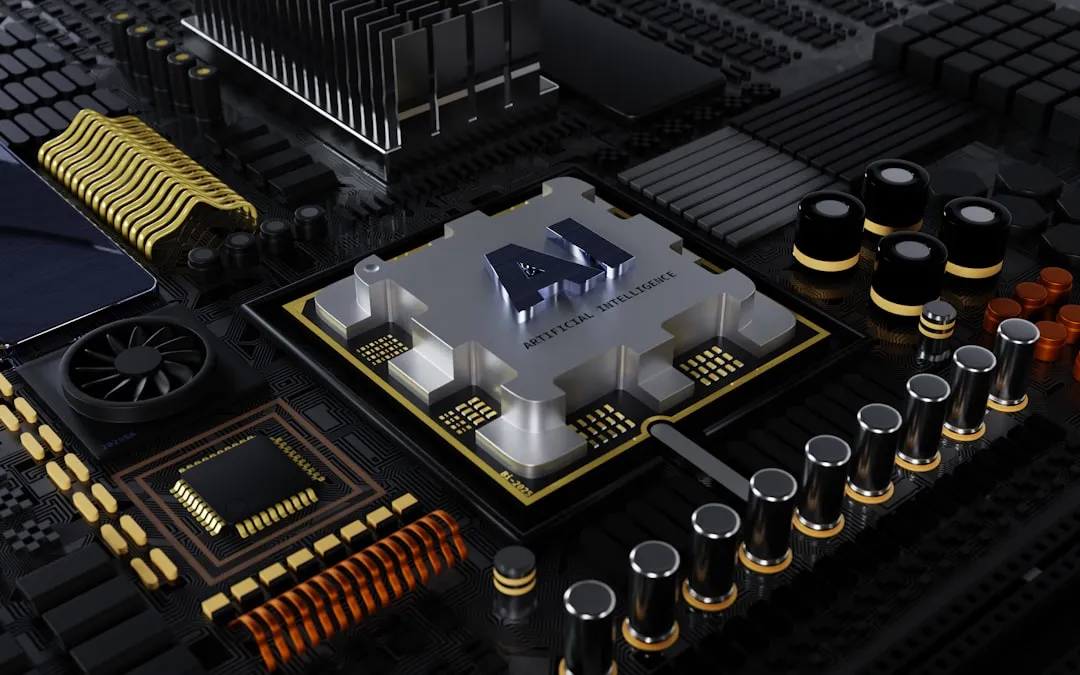
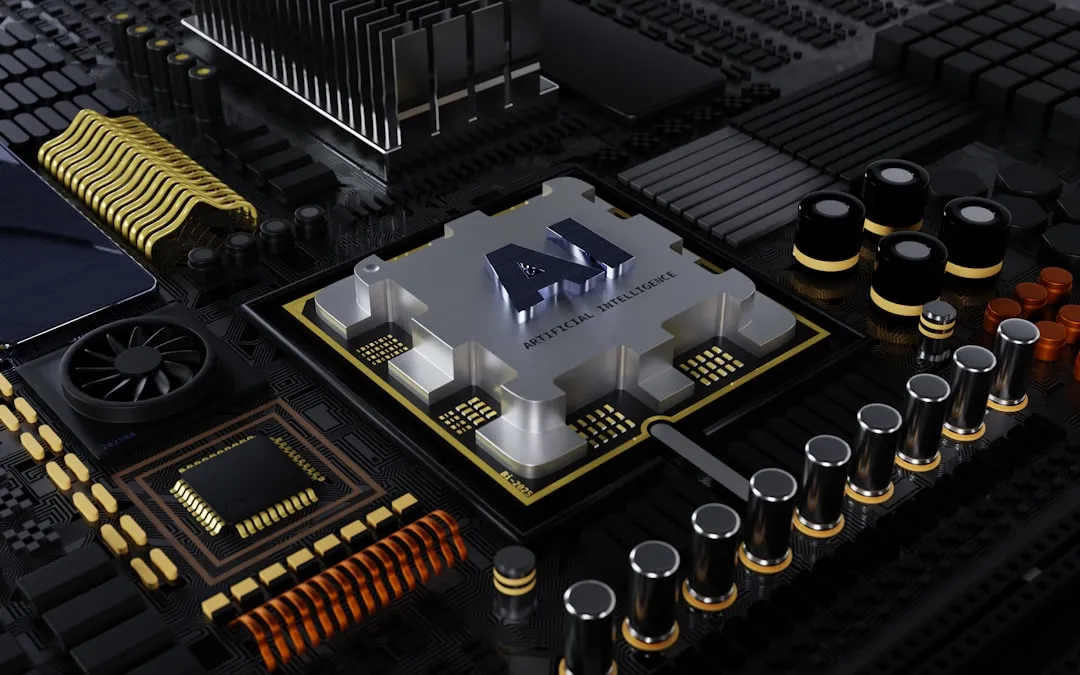
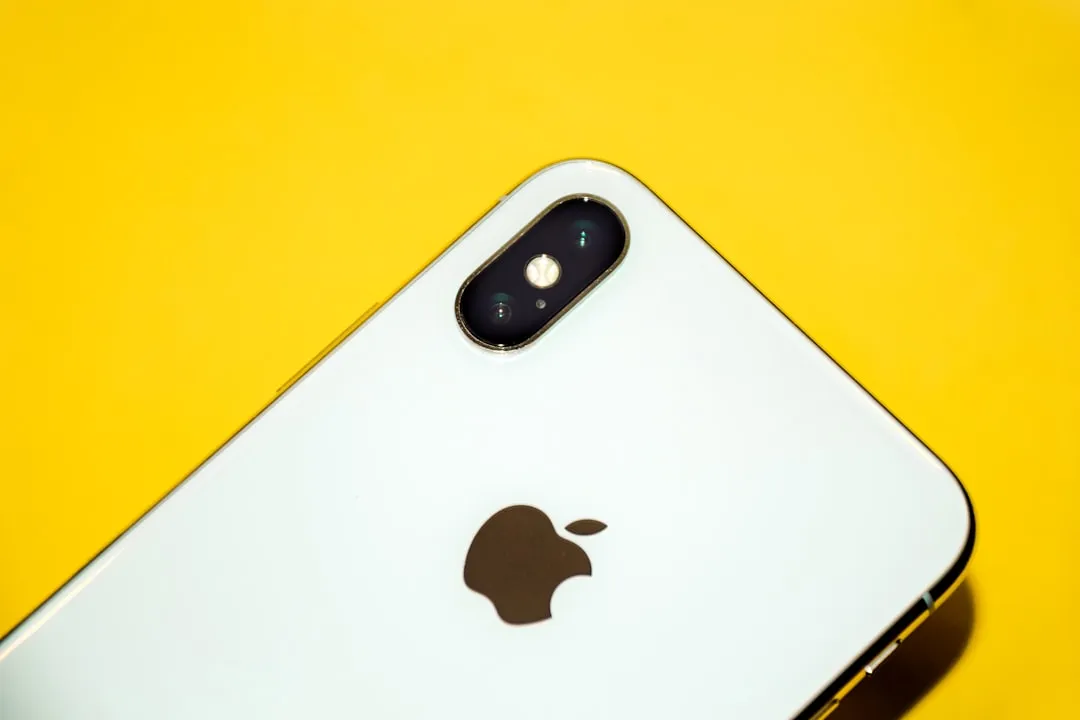

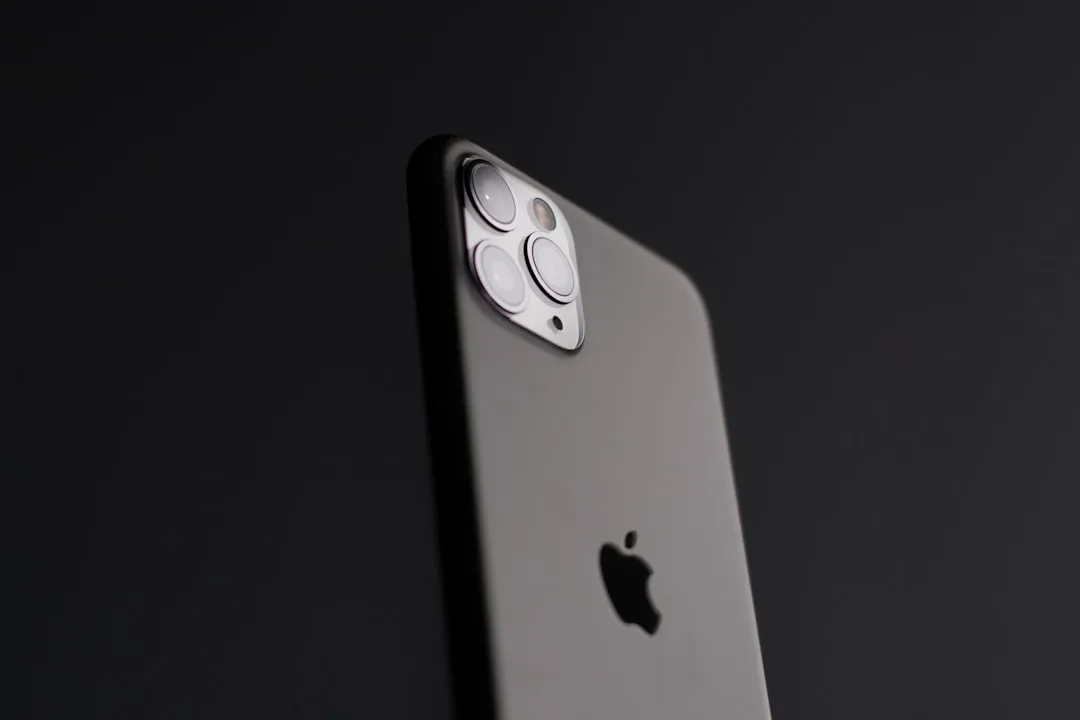


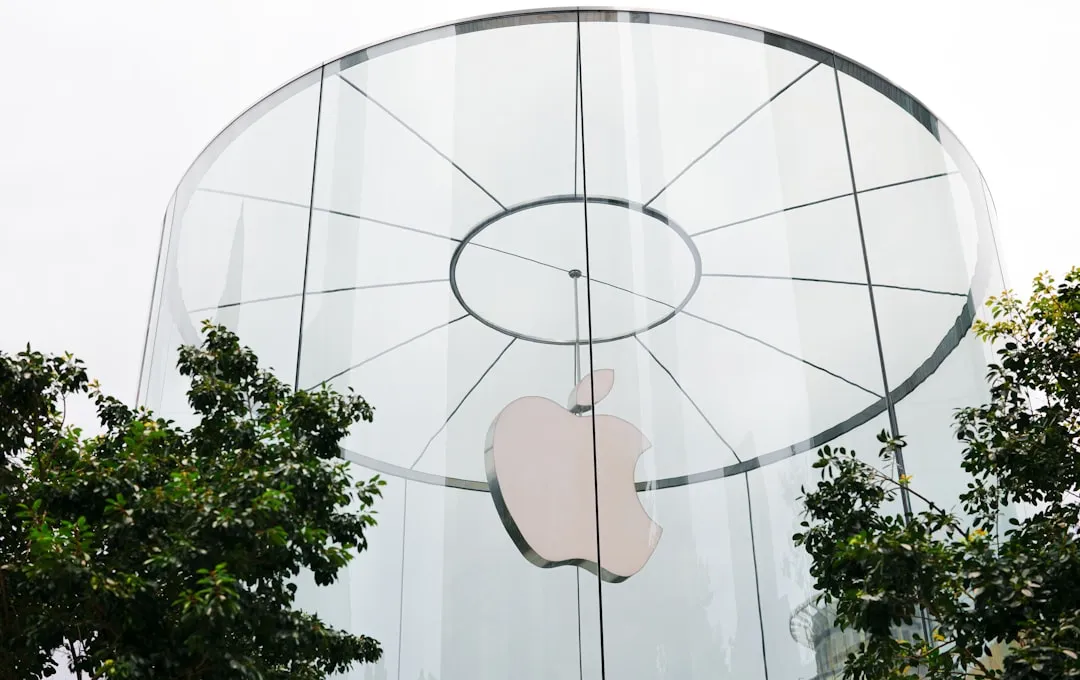
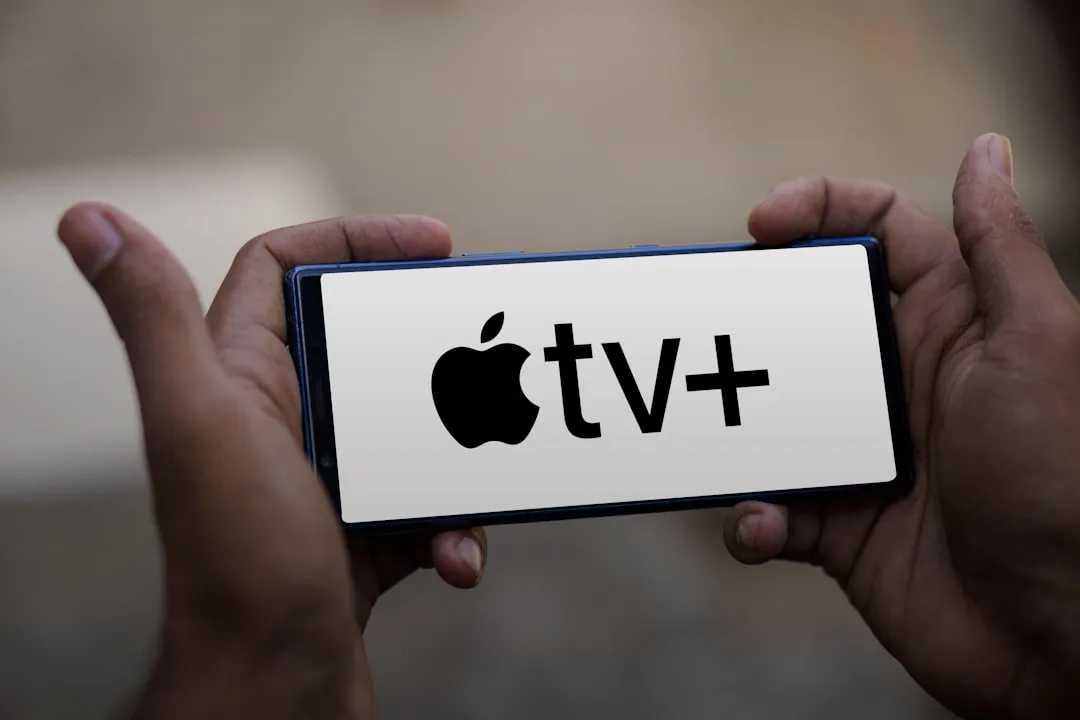
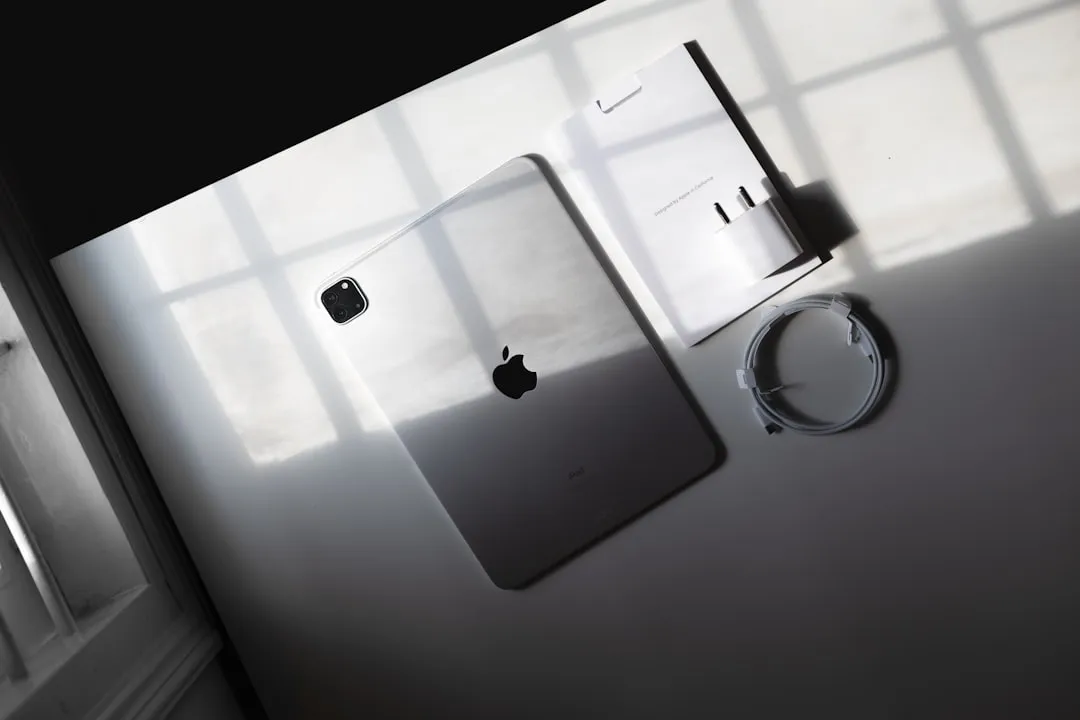

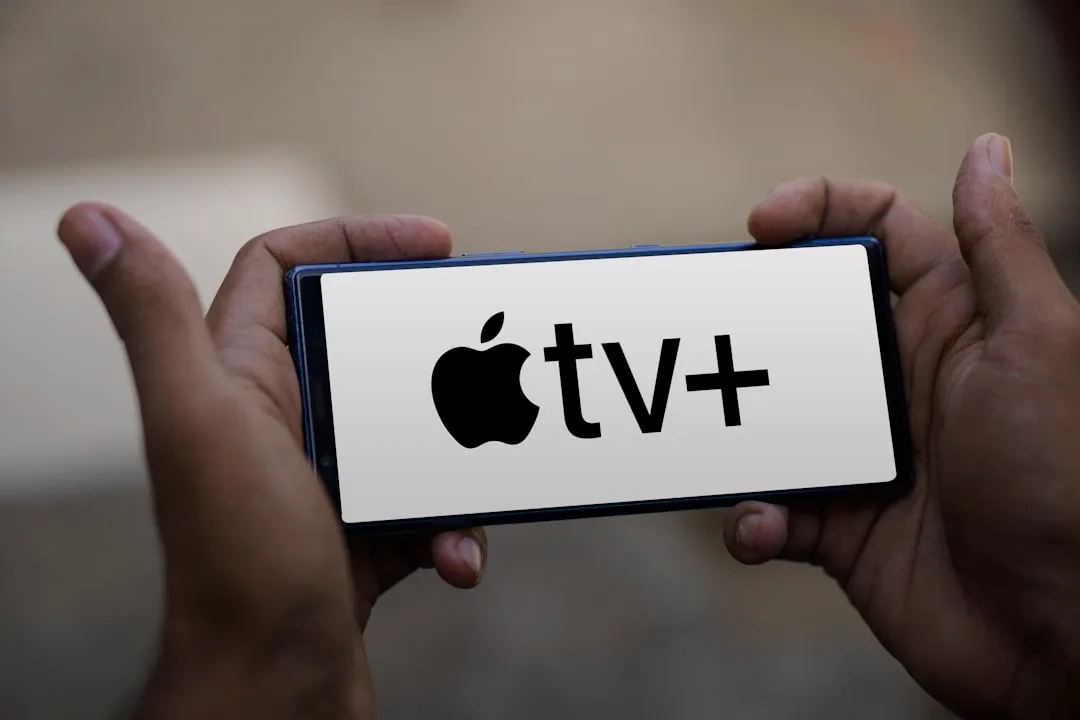

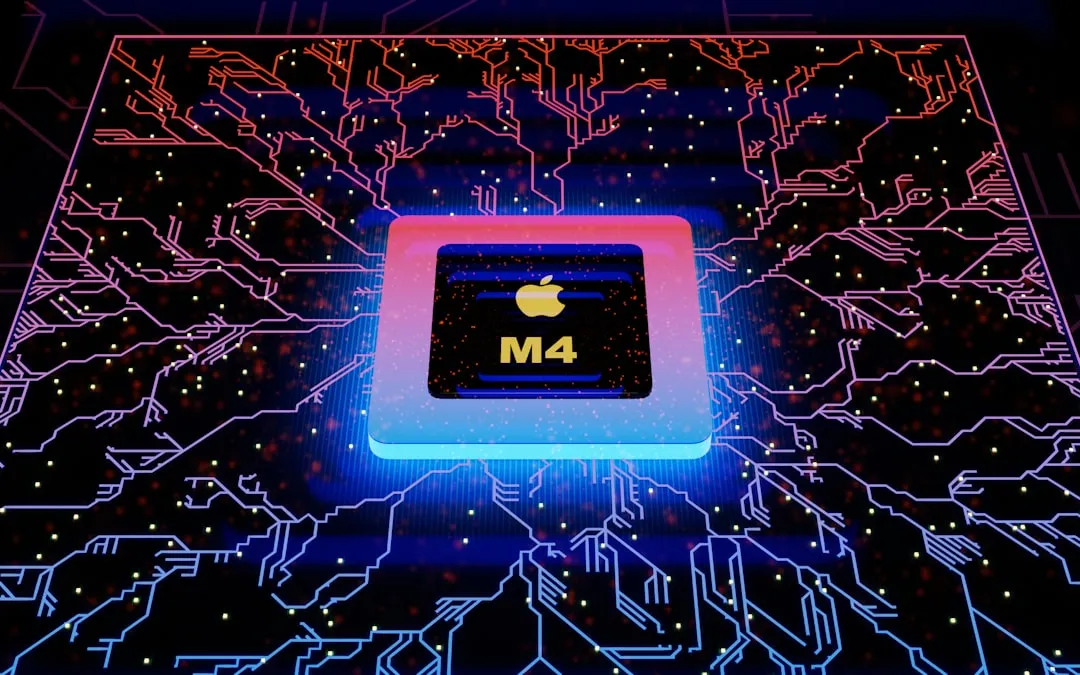
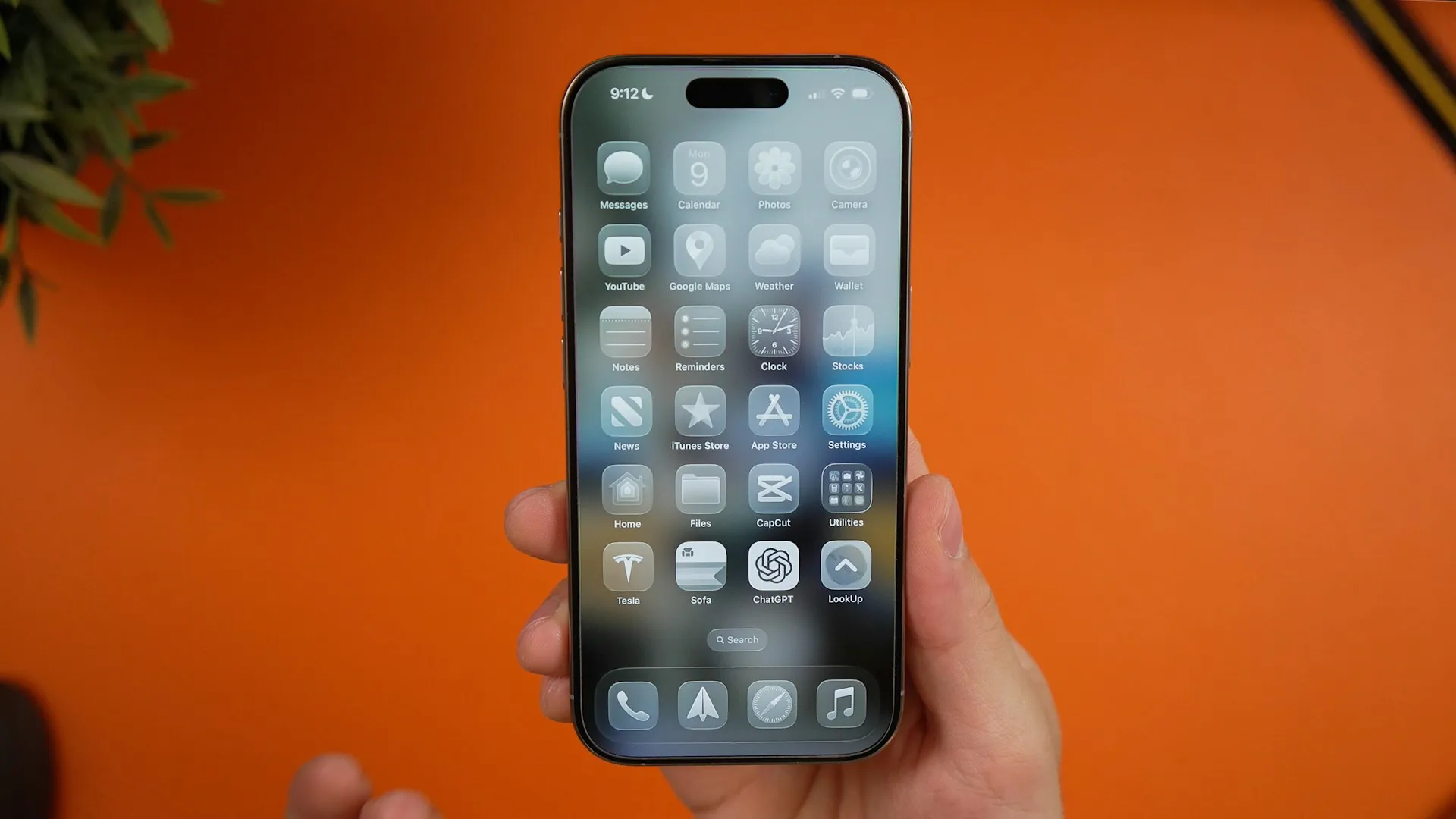

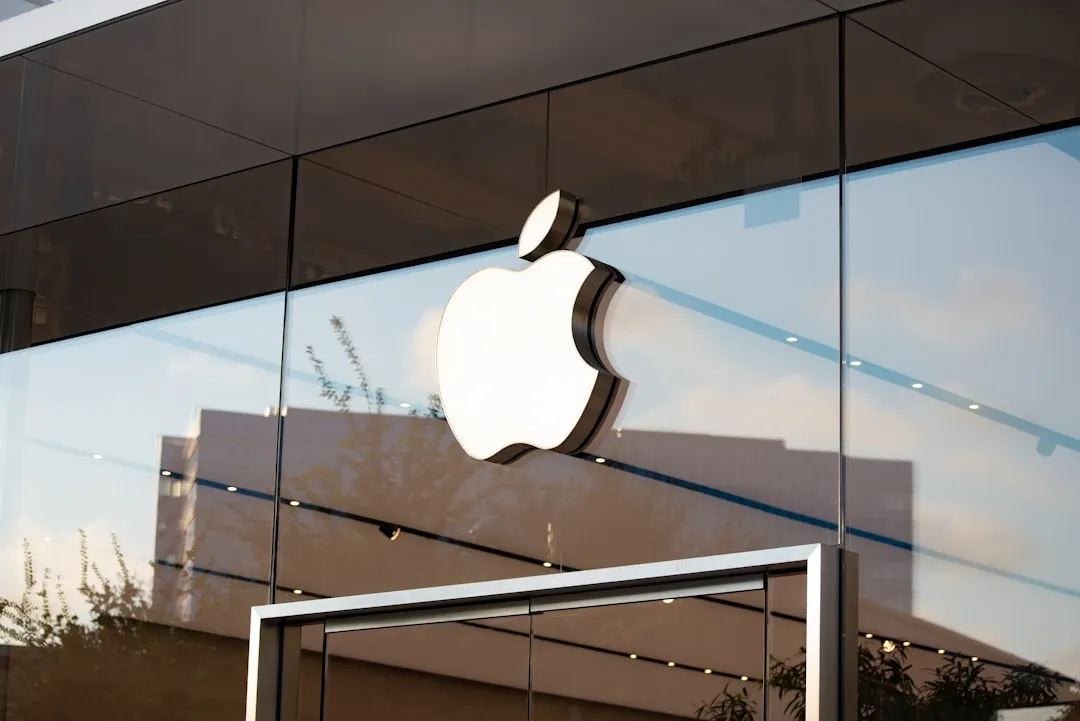



Comments
Be the first, drop a comment!